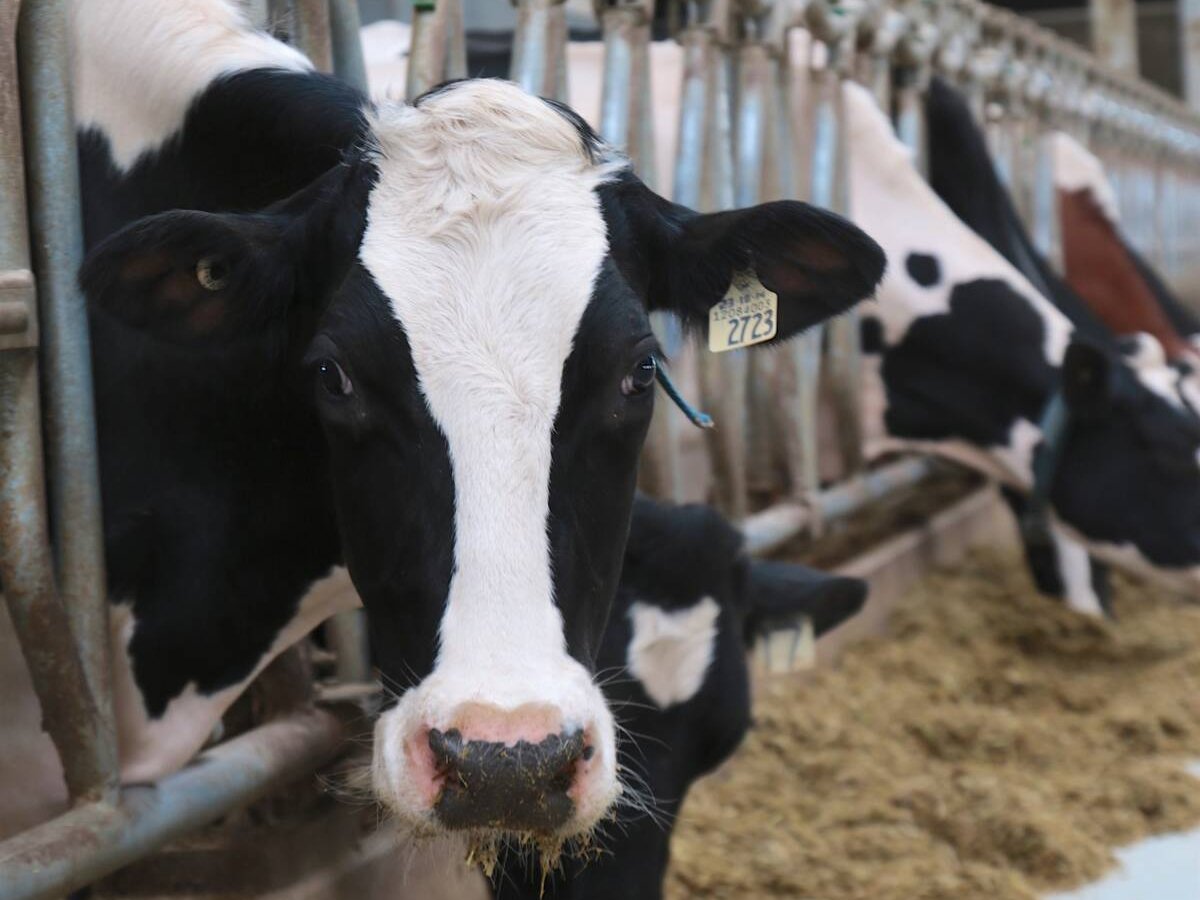March 1985
The federal government intends to make Canada a leader in research and development, said Harvie Andre.
The minister of supply and services said the strategy would make Canada “more productive, more competitive internationally and more able to create an economy that can support full or near-full employment.”
- What happened: The amount of money Canadians spent on research through their government declined. Former science minister William Winegard admitted the government didn’t make any headway in the percentage of gross domestic product spent on research, but neither did other governments. Doubling the gross domestic product percentage was never a solely government target, he said. It was a “national target.”
Read Also

The Organization for Economic Co-operation and Development lauds Canada’s low farm subsidies, criticizes supply management
The Organization for Economic Co-operation and Development lauded Canada’s low farm subsidies, criticized supply management in its global survey of farm support programs.
January 1986
Agriculture minister John Wise said the Agriculture Canada research station in Regina would
remain in the city. Scientists would not be
dispersed to Western Canadian research stations.
- What happened: In January 1992, the government announced the station would be amalgamated into Saskatoon’s station to save money and increase efficiency. In 1986, there were 47 major research establishments. With streamlining, the branch now operates about 25. The rest haven’t been closed down, but many are administered from another station to reduce costs.
March 1987
Prime minister Brian Mulroney announced a strong government commitment to research and development.
“We in Canada must redouble our efforts if we are to stay at the leading edge of technologies that will be so essential to our economic well-being and the quality of life of the average Canadian in the decades to come.
“That is why my government put science and technology at the top of the national agenda.”
- What happened: Two days before he spoke, there was a $19 million funding cut to research stations. In the two years before the
announcement, the government trimmed $30 million and 137 staff positions from the research branch.
January 1988
The federal government would spend an extra $1.3 billion on science and technology over the next five years, said Mulroney.
Some of the money was earmarked to establish national “centres of excellence” at university campuses to conduct research “crucial to Canada’s long-term competitiveness.”
n What happened: Fourteen centres of excellence were established across Canada. The centres received $25.5 million in federal funds over a four-year period, about $53 million less than needed to finance them, according to amagazine published by the network of centres of excellence. In the 1993 budget, funding for the centres was reduced.
October 1988
The federal government won’t use plant breeders’ rights as a cover to reduce its own research efforts, the government said. Plant breeders’ rights could generate $1.8 million in additional funding for public research, said ag minister Don Mazankowski.
- What happened: There is no firm figure on money the plant breeders’ rights has generated for Agriculture Canada. Peter Van Die, special adviser in the industrial relations office of Agriculture Canada, estimates the department receives “hundreds of thousands” from the program.
He said Mazankowski’s estimate may have been padded with the additional money private research is investing in the initial research. Private companies are now able to receive tax breaks by investing in agriculture research.














